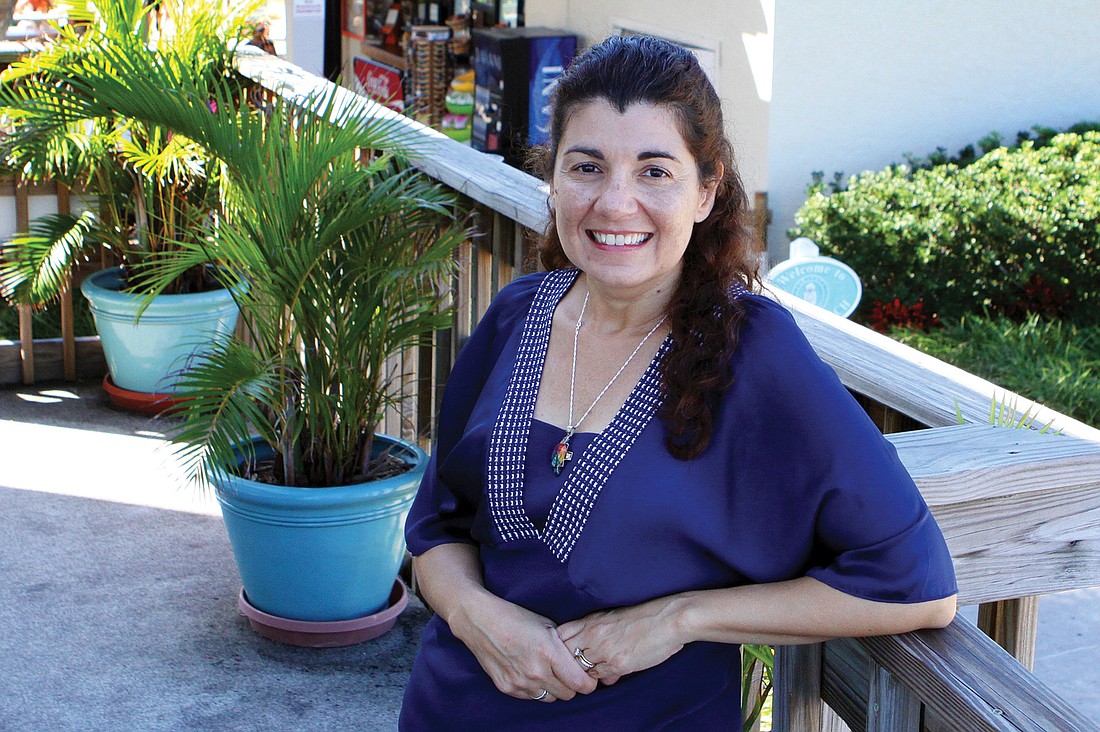- April 18, 2024
-
-
Loading

Loading

After a hiatus of a little more than a year, Sarasota County has restarted the process of creating its Post Disaster Redevelopment Plan. Following the guidelines of the PDRP will be the third step Sarasota County’s agencies will have to pursue in helping the community recover from a destructive event such as a hurricane.
County employees would refer to the PDRG after the emergency responders have completed their work and the Public Works Department employees have cleared the impacted area of any debris and repaired the main infrastructure.
The purpose of the PDRP is to organize the redevelopment of the affected areas, to ensure the rebuilding process goes as smoothly as possible. The final plan will include policies for reconstruction, economic redevelopment and environmental restoration. Because tourism is the main economic engine in our community, county staff decided initially to create new processes regarding redevelopment of the barrier islands, especially Siesta Key.
The PDRP may take many months to craft before it is introduced during public workshops. However, two important questions need to be addressed: Which structures can be rebuilt and what facets of the community get priority in the permitting process?
Many Siesta Key buildings were constructed prior to the implementation of the county’s 2003 zoning code, so they do not conform to current zoning requirements. Although the zoning code allows the rebuilding of structures as long as they comply with current density and height restrictions, there are many new requirements, including restrictions on impervious surfaces, side yards and waterfront setbacks, with which property owners years ago did not have to comply.
Additionally, a few condo complexes exceed current density limits. These buildings can legally be rebuilt, but concerns already have been raised about the size of the structures. Many older condos are small, at about 1,000 square feet or less per unit. New condo units tend to have high ceilings and larger footprints. Consequently, community concerns have been raised about the creation of massive buildings on small lots.
Further, Sarasota County officials often restrict accessory structures, such as sheds or pools, seaward of the Gulf Beach Setback Line, which runs generally along Beach Road. The question is, if a disaster severely damages buildings on Siesta, will the County Commission allow property owners to rebuild to their current non-conforming configurations? Second, are there opportunities to improve the community, with sustainable construction, improved infrastructure and possibly additional public access?
The hope is that the PDRP will address these questions and lay the foundation for a functional process that will ensure the smooth redevelopment of our community if a catastrophe occurs. Sarasota County should not waste any more time in this undertaking, because a destructive event can occur at any time.
Lourdes Ramirez is a Siesta Key resident and president of the Sarasota County Coalition of Neighborhood Associations.